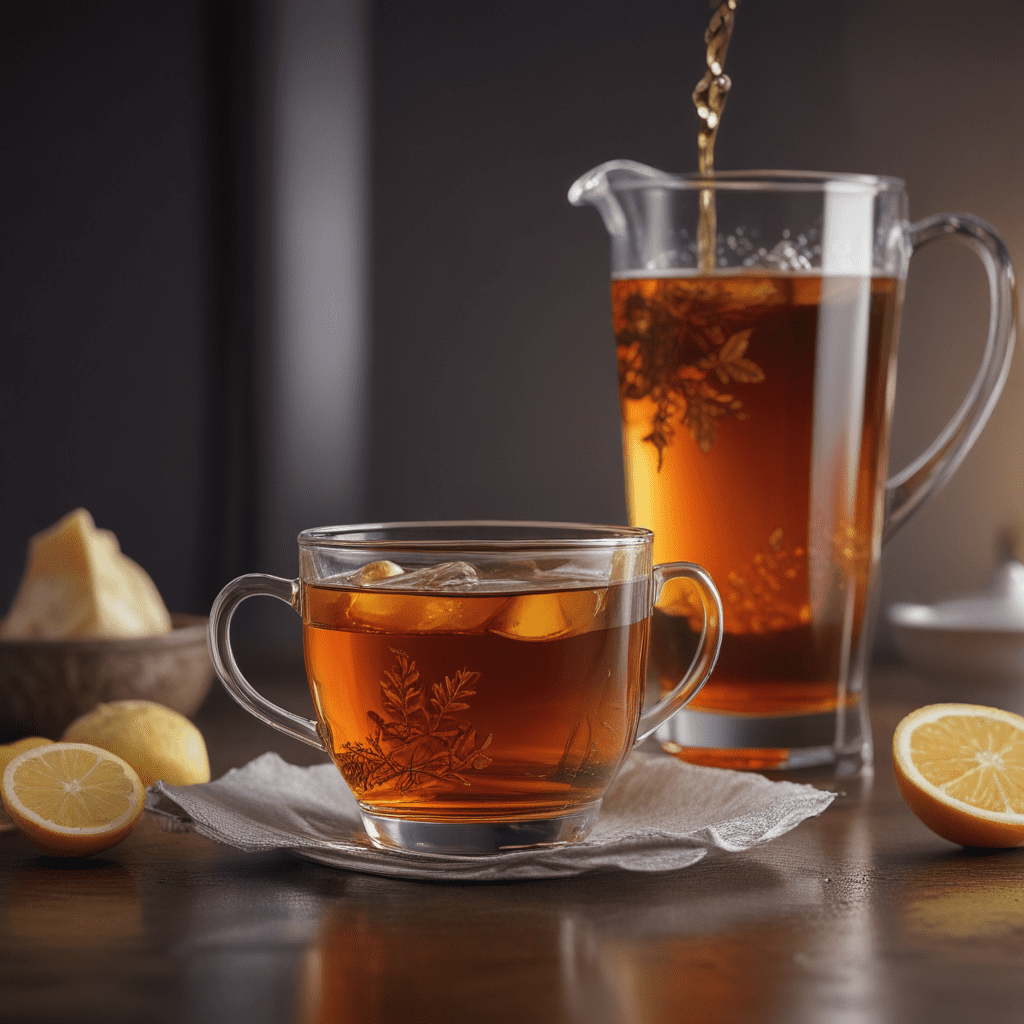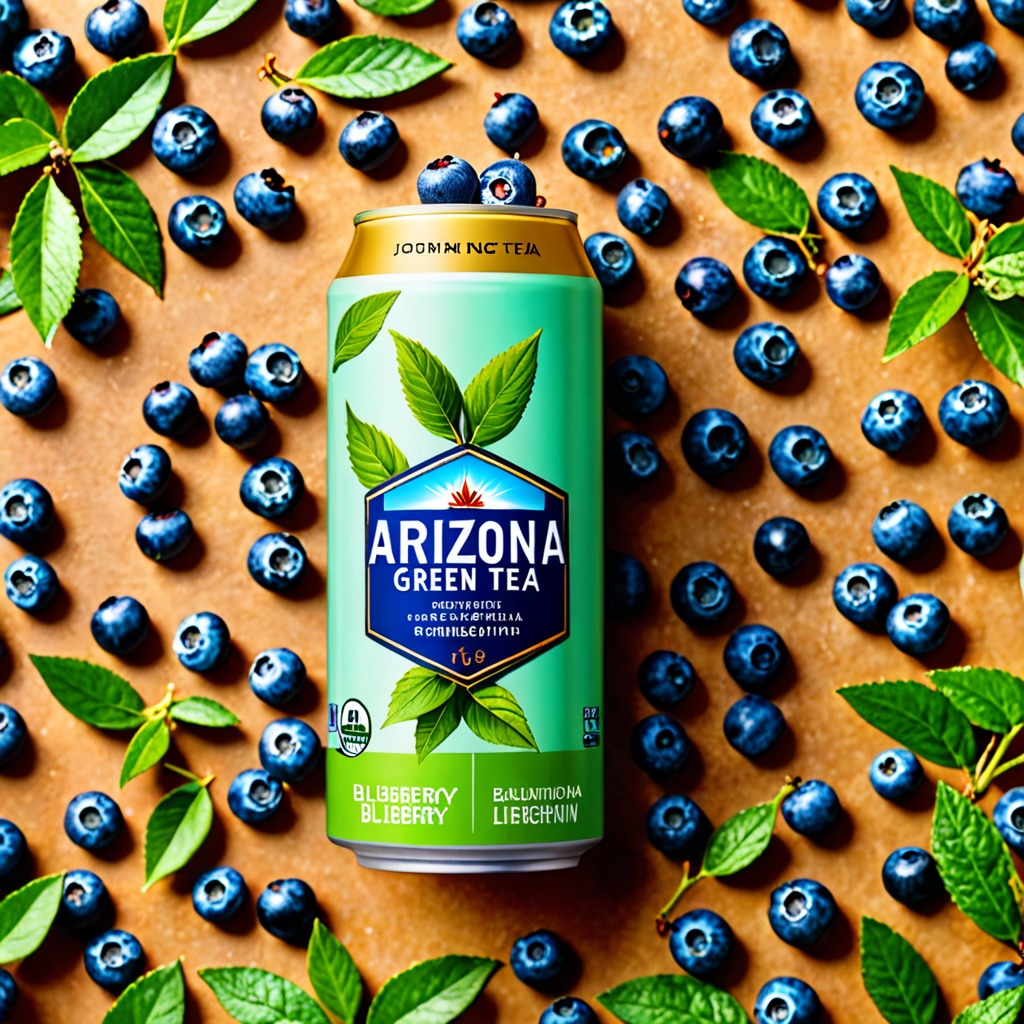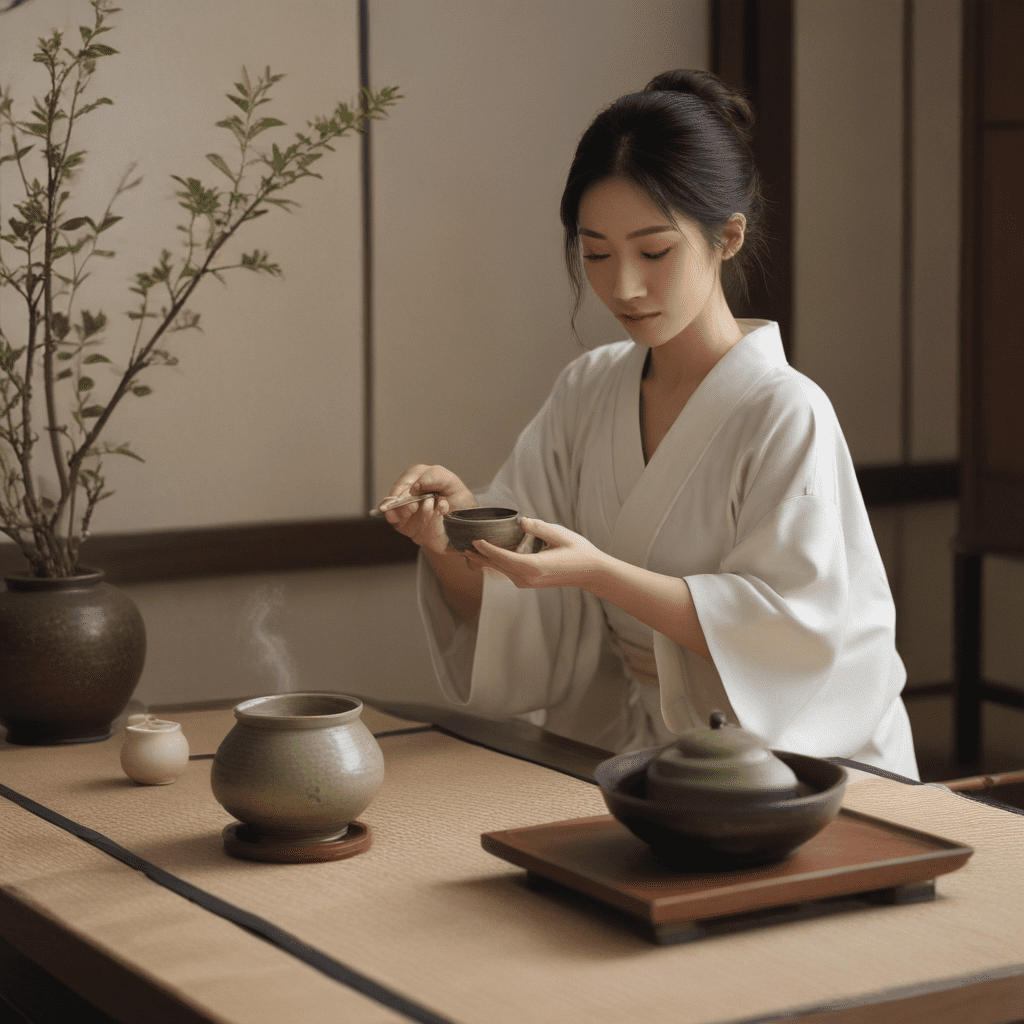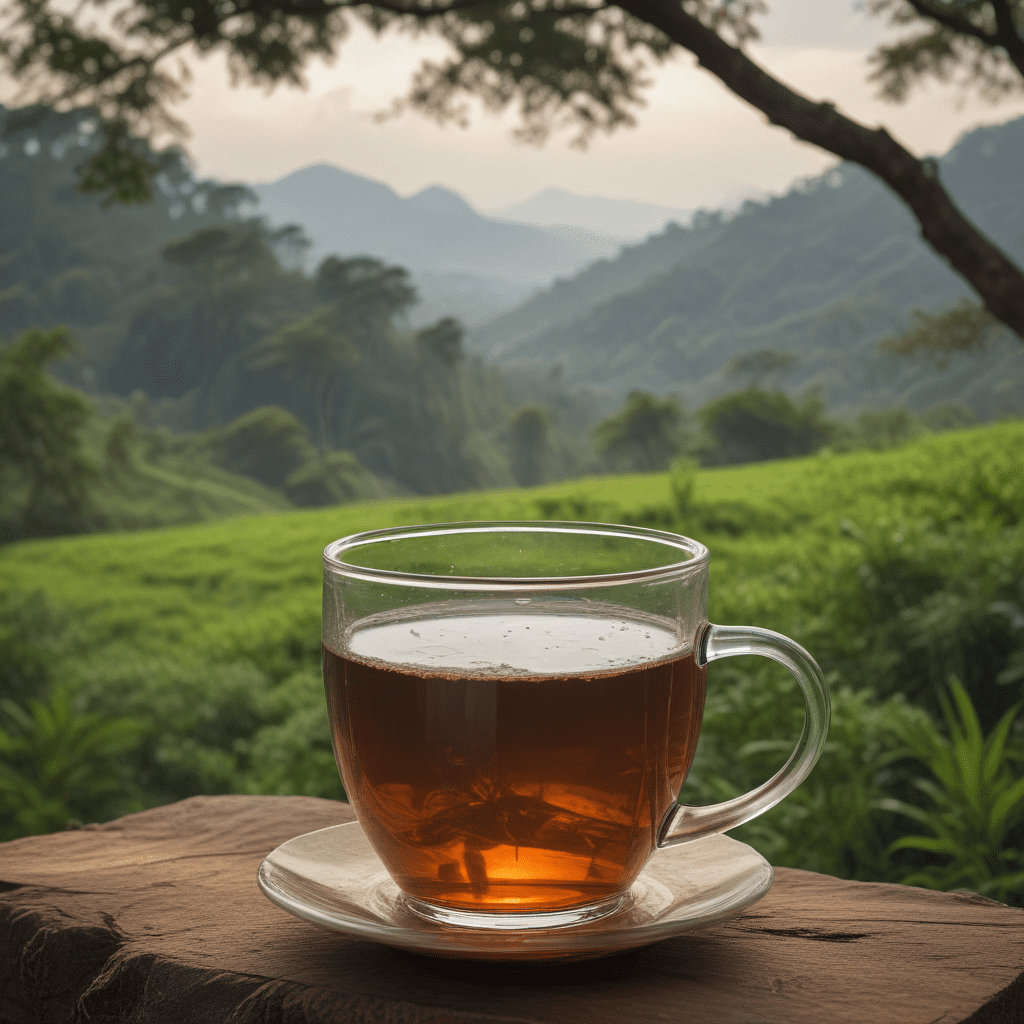Introduction:
Ah, tea! The warm embrace of a steaming cup, the comforting aroma, the delicate dance of flavors on your tongue – it's an experience that transcends mere beverage; it's a ritual, a tradition, a cultural cornerstone. In Britain, tea is more than just a drink – it's deeply woven into the fabric of society, an integral part of daily life and cherished celebrations.
This exploration delves into the delightful world of tea pairing, where the harmonious marriage of tea and British culinary delights elevates both to new heights of flavor and enjoyment. From the quintessential afternoon tea spread to hearty Sunday roasts, from savory pies to delectable desserts, we'll embark on a journey to discover the perfect tea pairings that enhance and complement these beloved British culinary treasures.
A Brief History of Tea in Britain:
The story of tea in Britain is one of fascinating twists and turns. Its arrival on these shores in the 17th century sparked a love affair that continues to this day. Initially a luxury enjoyed by the elite, tea gradually permeated all levels of society, becoming the national beverage it is today.
Through the years, tea evolved into an intrinsic part of British culture. The iconic afternoon tea tradition emerged, offering a delightful respite amidst the day's activities. Tea rooms and gardens blossomed, providing elegant and social settings to savor this beloved brew.
Today, Britain boasts a rich tea-drinking culture, with an estimated 165 million cups consumed daily. From robust breakfast blends to delicate afternoon varieties, the British palate embraces a diverse spectrum of tea flavors, each with its unique story and appeal.
Understanding Tea Types and Flavors:
To embark on our tea pairing adventure, it's essential to understand the diverse landscape of tea types and their unique flavor profiles. Black, green, white, oolong, and herbal teas each possess distinct characteristics that influence their compatibility with different foods.
Black tea, the most popular in Britain, offers a robust flavor and full body, with notes ranging from malty to floral. Green tea, known for its delicate taste and refreshing character, boasts subtle vegetal and grassy notes. White tea, the least processed, presents a light and smooth profile with hints of sweetness.
Oolong tea bridges the gap between black and green, offering a wide spectrum of flavors from floral to toasty. Herbal teas, derived from various plants and flowers, provide caffeine-free options with diverse flavor profiles, from minty to citrusy.
Culinary Delights of Britain: A Diverse Landscape:
British cuisine is a tapestry of culinary traditions, offering an eclectic mix of dishes that reflect its rich history and diverse influences. From hearty classics like Sunday roasts and savory pies to delicate treats like scones and clotted cream, British food has something to satisfy every palate.
Afternoon tea, a quintessentially British tradition, features an assortment of finger sandwiches, pastries, scones, and clotted cream, accompanied by a pot of freshly brewed tea. Sunday roasts, a hallmark of British cuisine, offer a comforting symphony of flavors with roasted meat, vegetables, Yorkshire pudding, and gravy.
Savory pies and pasties, perfect for a quick bite or a hearty meal, come in a variety of fillings from steak and ale to vegetable and cheese. And who can resist the allure of British sweet treats like sticky toffee pudding, fruit crumbles, and Victoria sponge cake?
Pairing Principles: Harmony and Contrast
The art of tea pairing lies in finding the perfect balance between harmony and contrast. The goal is to create a synergy between the flavors of the tea and the food, enhancing the enjoyment of both.
For harmonious pairings, seek complementary flavors. For example, the delicate sweetness of a white tea pairs beautifully with the subtle floral notes of a fruit scone. Similarly, the robust character of a black tea complements the richness of a chocolate cake.
Contrast, on the other hand, adds excitement and complexity to the pairing. The astringency of a green tea can cut through the fattiness of a savory pie, while the refreshing acidity of a herbal tea provides a counterpoint to the sweetness of a fruit tart.
Specific Tea Pairings
Now, let's delve into specific pairings for various British culinary delights:
### Afternoon Tea and Delicacies:
- Finger Sandwiches: Darjeeling black tea, with its floral and muscatel notes, harmonizes well with cucumber sandwiches, while a smoky Lapsang Souchong complements egg salad sandwiches.
- Scones and Clotted Cream: Earl Grey, the quintessential afternoon tea tea, pairs perfectly with the richness of scones and clotted cream. Its citrusy bergamot aroma enhances the sweetness of the cream.
- Pastries and Cakes: For delicate pastries, a light and floral white tea creates a harmonious pairing. For richer cakes, a robust Assam black tea provides a satisfying contrast.
### Savory Pies and Pasties:
- Steak and Ale Pie: A malty English Breakfast tea complements the savory flavors of steak and ale pie, while the tea's tannins cut through the richness of the filling.
- Chicken and Mushroom Pie: A delicate green tea with grassy notes provides a refreshing contrast to the creamy chicken and mushroom filling.
- Vegetable Pasties: A light and fruity oolong tea balances the earthy flavors of vegetable pasties.
### Hearty Sunday Roasts:
- Roast Beef: A full-bodied black tea, like a Ceylon or Kenyan, stands up to the robust flavors of roast beef. Its astringency helps cleanse the palate between bites.
- Roast Lamb: A fruity and aromatic Darjeeling black tea complements the gaminess of roast lamb.
- Yorkshire Pudding: A malty Yorkshire Tea pairs perfectly with the savory richness of Yorkshire pudding, creating a comforting and traditional combination.
### Sweet Treats and Desserts:
- Sticky Toffee Pudding: A strong and malty Assam black tea provides a satisfying contrast to the sweetness and richness of sticky toffee pudding.
- Fruit Crumbles: A delicate white tea or a floral oolong complements the tartness of fruit crumbles, enhancing the flavors of the fruit.
- Victoria Sponge Cake: A classic English Breakfast tea pairs perfectly with the delicate sweetness of Victoria sponge cake. Its robust flavor balances the lightness of the cake.
### Cheeses and Accompaniments:
- Sharp Cheeses: A strong and astringent black tea, like a Lapsang Souchong, cuts through the sharpness of cheeses like Cheddar and Stilton.
- Mild Cheeses: A delicate green tea or a floral white tea complements the creaminess of mild cheeses like Brie and Camembert.
- Accompaniments: Fruity herbal teas pair well with chutneys and pickles, while a light oolong complements crackers and fruit.
Please refer to Part 3 for the continuation of this article.
Tips for Perfect Tea Brewing
– Water Quality: Use high-quality filtered water for optimal tea flavor. Avoid using hard water, as it can make tea bitter.
– Water Temperature: Different teas require different water temperatures for optimal brewing. Black tea needs boiling water (212°F), while green tea requires cooler temperatures (around 175°F).
– Tea Quantity: Use the correct amount of tea leaves or teabags for the desired strength. Generally, 1 teaspoon of loose tea or one teabag per cup of water is a good starting point.
– Steeping Time: Each tea type has an ideal steeping time. Over-steeping can result in bitter tea, so follow recommended steeping times.
– Milk or Sugar: Add milk or sugar to taste, but be mindful that they can alter the tea's flavor profile.
The Art of Presentation
The presentation of tea plays a vital role in enhancing the overall experience. Use elegant teacups, saucers, and teapots. Arrange the tea and accompanying treats on a beautiful tray or platter. Consider adding fresh flowers or greenery for a touch of elegance.
Exploring Beyond the Classics



